The “One Piece” font is crucial for capturing the adventurous, energetic spirit of the beloved anime and manga. Choosing the right font isn’t just about looks; it directly impacts how your design or brand is perceived, making it an essential creative decision for fans and designers.
Ah, the world of One Piece! It’s a universe brimming with adventure, friendship, and unforgettable characters. When you think of it, what visual elements immediately come to mind? For many, it’s the iconic logo, and a huge part of that logo’s power comes from its distinctive font. But what exactly is the “One Piece font,” and why is picking the right one so important for your own creative projects? It might seem like a small detail, but the right font can make all the difference in evoking that swashbuckling, spirited feel. Don’t worry if you feel a bit lost in the sea of typefaces; I’m here to guide you through finding that perfect, adventure-ready font. Let’s set sail and discover how to choose!
Unveiling the Official “One Piece” Font
When we talk about the “One Piece font,” we’re usually referring to the typeface used in the official anime and manga logo. It’s a custom design, meticulously crafted to embody the show’s essence. While you can’t get the exact proprietary font for free (it’s a unique piece of branding, after all!), there are many excellent alternatives that capture its spirit.
The original logo font is bold, slightly distressed, and has a classic, adventurous feel. Think of pirates, old maps, and exciting voyages. It’s not a simple block letter; it has nuances that give it character and make it instantly recognizable.
Why “One Piece” Font Choice Matters
The font for your project is like the voice for your words. The “One Piece” font, in particular, carries specific associations:
Adventure and Excitement: It screams exploration, daring feats, and the thrill of the unknown.
Comradeship and Boldness: The strong, confident strokes can evoke a sense of unity and unwavering determination.
Nostalgia and Classic Charm: It taps into a timeless pirate or nautical aesthetic that resonates with many.
Energy and Dynamism: The subtle imperfections and stylistic choices add a lively feel, preventing it from looking too stiff or formal.
Using a font that echoes these qualities can instantly imbue your own designs with a similar vibe, whether you’re creating fan art, a themed party invitation, or even a brand that wants to convey a similar sense of bold exploration.
Finding Your Perfect Pirate Font: Key Characteristics
To find a font that captures the “One Piece” feel, look for these characteristics:
Bold Weight: The font should be substantial and command attention, much like the Straw Hat Pirates themselves.
Slightly Distressed or Textured: A hint of wear and tear, like something that’s been through many voyages, adds authenticity. This can manifest as rough edges, subtle imperfections, or a slightly weathered appearance.
Slab Serif or Display Style: Many fonts that evoke this feel are slab serifs (with strong, block-like serifs) or unique display fonts designed for impact.
Unique Character Shapes: Look for letters with distinctive curves, angles, or flourishes that give them personality. For instance, the ‘O’ in the official logo has a unique, almost hand-drawn quality.
Slightly Irregular Baseline: Sometimes, a subtle tilt or variation in how letters sit can add to the unpolished, adventurous charm.
Top Font Alternatives to the Official “One Piece” Font
While the exact logo font is exclusive, several fonts on the market offer a very similar vibe. These are often great for fan projects, apparel, or any design needing that epic adventure feel.
Here are some popular choices that capture the essence of the “One Piece” logo:
| Font Name | Description | Common Use Cases | Where to Find |
|---|---|---|---|
| Rockwell (Bold/Extra Bold) | A classic slab serif with strong, squared serifs. It has a robust and authoritative feel, similar to the logo’s boldness. | Headings, titles, logos, any design needing strong impact. | Google Fonts (Arvo is similar), Adobe Fonts, Desktop Publishing Software |
| ChunkFive | A bold slab serif with a vintage, industrial feel that also works well for a rugged, adventurous aesthetic. | Logos, posters, branding, headlines. | Dafont (free for personal use), Font Squirrel |
| Bebas Neue (Bold) | While a sans-serif, its condensed, all-caps style and strong presence can mimic the impact of the “One Piece” font for headlines. | Headlines, captions, display text. | Google Fonts |
| Homizio | A rugged, distressed slab serif that directly aims for a worn, adventurous look. | Themed designs, fan art, distressed logos. | Dafont (free for personal use) |
| Luckiest Guy | A playful, rounded slab serif with a cartoonish vibe that can work for a more lighthearted take on the theme. | Children’s book covers, party invitations, fun branding. | Google Fonts |
Note: Always check the license for each font to ensure it’s suitable for your intended use (personal vs. commercial).
Exploring Free vs. Paid Options
Free Fonts: Platforms like Google Fonts, Font Squirrel, and Dafont offer a vast library of fonts. Many are free for personal use, and some even include commercial licenses. These are excellent starting points for fan projects or budget-conscious designs.
Paid Fonts: Professional font foundries often have higher quality, more versatile, and unique options. If your project has commercial aspirations or requires a truly distinct look, investing in a premium font might be worthwhile. Sites like MyFonts, Adobe Fonts (often included with Adobe Creative Cloud subscriptions), and Creative Market are great places to explore.
How to Choose the Right Font for Your Project
Selecting the best “One Piece” inspired font involves more than just finding one that looks similar. Consider these factors:
1. Understand Your Project’s Goal
What is this for? Fan art? A blog logo? Merchandise?
Who is your audience? Fellow fans? A broader audience?
What emotion do you want to evoke? Pure adventure? Nostalgia? A playful tribute?
2. Test for Readability
Even the coolest display font needs to be readable at smaller sizes or for longer text.
Headlines and Logos: Bold, unique fonts work best here. They need to grab attention instantly.
Body Text: For paragraphs or descriptions, opt for simpler, more readable fonts. You can pair a “One Piece” style heading font with a clean sans-serif or serif for the body.
3. Consider the “Distressed” Factor
The original logo has subtle texture. Do you want that weathered, hand-drawn feel, or a cleaner, bolder look?
For a strong, clean look: Opt for bold slab serifs like Rockwell or ChunkFive.
For a weathered, authentic pirate feel: Look for fonts specifically designed with distress, like Homizio.
4. Check Licensing Carefully
This is crucial, especially if your project is commercial.
Personal Use: Fan art, personal blogs, or non-profit projects often allow for free font usage.
Commercial Use: Selling merchandise, using a font for a business logo, or for marketing materials typically requires a commercial license, which may involve a fee. Always read the EULA (End-User License Agreement). Websites like Creative Commons offer resources to understand licensing.
5. Experiment with Character Sets
Open a font file and look at all the characters, numbers, and symbols. Does it have the stylistic variations you need? Sometimes, unique fonts only come in uppercase, which might be perfect for a logo but not for other uses.
Step-by-Step Guide to Using “One Piece” Fonts Effectively
Let’s get practical. Here’s how you can integrate these fonts into your designs:
Step 1: Download and Install Your Chosen Font
1. Find a Font: Browse the suggested alternatives or explore font libraries like Google Fonts or Dafont.
2. Download: Once you find a font you like, download the font file (usually a `.ttf` or `.otf` file).
3. Install:
On Windows: Right-click the font file and select “Install.”
On macOS: Double-click the font file and click “Install Font” in the Font Book application.
Step 2: Design Your Logo or Title
1. Open Design Software: Fire up your preferred design tool (e.g., Adobe Photoshop, Illustrator, Canva, Affinity Designer).
2. Type Your Text: Enter the text you want to use (e.g., your name, your blog title, “Luffy’s Adventure”).
3. Apply the Font: Select your text and choose the downloaded font from your font list.
4. Adjust Size and Color: Make the font large and prominent. Experiment with colors that fit the One Piece theme – deep blues, reds, golds, or even a classic black and white.
Step 3: Add Effects (Optional but Recommended)
To really capture the “One Piece” feel, consider these effects:
Slight Distortion: In design software, you can sometimes add subtle wave or warp effects. Be careful not to overdo it, as readability is key.
Texture Overlay: Import a subtle grunge or paper texture image and apply it as an overlay to your text layer. You can adjust the blend mode (e.g., Multiply, Overlay) for a weathered look.
Drop Shadow or Outer Glow: A subtle drop shadow can add depth. A faint, warm outer glow can sometimes mimic the adventurous energy.
Step 4: Typography Pairing for Larger Projects
If you’re designing a website banner or a poster, you’ll likely need a secondary font.
1. Choose a Companion Font: Select a clean, highly readable font (like Open Sans, Lato, or Merriweather) for any running text or smaller captions.
2. Establish Hierarchy: Use your chosen “One Piece” font for large titles and headings. Use the secondary font for all other text. This creates a balanced and professional look.
Example Pairing:
Heading: ChunkFive (Bold, adventurous)
Body Text: Open Sans (Clean, readable)
This combination ensures your main message is impactful while the supporting text remains easy to digest.
Creative Applications of “One Piece” Style Fonts
The possibilities are as vast as the Grand Line! Here are some fun ways to use these fonts:
Fan Art & Social Media: Create striking titles for your fan fiction, character art, or fan theories. Use them on Instagram graphics, Pinterest pins, or YouTube thumbnails.
Party Decorations: Design invitations, banners, and food labels for a One Piece-themed birthday party. Imagine “Luffy’s Birthday Feast” in a bold, pirate-ready font!
Personal Branding: If your business or blog has themes of adventure, exploration, or resilience, a font with this spirit can be a unique branding element.
T-shirt & Merchandise Design: Create cool graphics for custom t-shirts, mugs, or stickers that fellow fans will love.
Website Headers & Banners: Add a touch of excitement to your personal website, portfolio, or fan blog.
Understanding Font Licensing: A Quick Guide
Navigating font licenses can seem daunting, but it’s vital for legal and ethical design.
Key License Types:
Personal Use: For non-commercial, individual projects. You can’t sell anything that uses this font.
Commercial Use: Allows usage for business purposes, including logos, websites, marketing materials, and merchandise for sale. Often requires a fee.
Desktop License: For use in design software on your computer.
Webfont License: For use on websites, ensuring the font displays correctly across different browsers. This often has usage limits based on monthly page views.
* App License: For embedding fonts into mobile applications.
Where to Find License Information:
Most font download sites (Google Fonts, Font Squirrel, Dafont, MyFonts) will clearly state the license associated with each font. For premium fonts, the license agreement (EULA) is provided during purchase. Always look for this information before using a font for anything beyond personal experimentation. Resource sites like Font Squirrel’s License Terms break down common license types in an easy-to-understand way.
FAQ: Your “One Piece” Font Questions Answered
What is the actual font used in the “One Piece” logo?
The exact font used in the official “One Piece” logo is a custom-designed typeface created specifically for the franchise. It’s not publicly available for download. However, there are many similar fonts that capture its bold, adventurous spirit.
Can I use “One Piece” inspired fonts for commercial projects?
It depends entirely on the font’s license. Many free fonts are only for personal use. Always check the licensing agreement for commercial use rights. If you plan to sell merchandise or use the font for a business logo, you’ll likely need a font with a commercial license, which may involve a fee.
Where can I find free fonts that look like the “One Piece” font?
Great resources for free fonts include Google Fonts, Font Squirrel, and Dafont. Look for bold slab serif or distressed display fonts. Some specific recommendations include ChunkFive, Homizio, and variations of Rockwell.
How do I make a font look more “pirate-like” or “adventurous”?
To enhance a font’s adventurous feel, consider adding subtle textures or distressed effects. Using it in all caps, with slightly uneven letter spacing, or overlaying it with a grunge texture can also help evoke that pirate aesthetic.
Is it better to use a free font or a paid font inspired by “One Piece”?
For fan projects and personal use, free fonts are excellent. For professional branding, commercial merchandise, or when you need a truly unique and high-quality design, investing in a paid font from a reputable foundry is often a better choice for its versatility and licensing clarity.
Can I mix “One Piece” style fonts with other fonts?
Yes, absolutely! This is a common and effective design practice. Pair a bold, display “One Piece” font for titles with a clean, readable sans-serif or serif font for body text. This creates visual hierarchy and ensures readability.
How do I install fonts on my computer?
Installing fonts is simple. On Windows, right-click the font file (.ttf or .otf) and select “Install.” On macOS, double-click the font file and click “Install Font” in the Font Book application.
Conclusion: Setting Sail with the Right Typography
Choosing the right font is more than just a design choice; it’s about establishing tone, evoking emotion, and connecting with your audience. The “One Piece” font, with its inherent sense of adventure and bold spirit, offers a fantastic starting point for anyone looking to infuse their projects with excitement and a touch of the extraordinary.
Whether you’re a seasoned designer or just beginning your creative journey, understanding the characteristics of this iconic style and exploring the wealth of available alternatives can significantly elevate your work. Remember to always consider your project’s goals, your target audience, and, crucially, the font’s licensing. By following these tips, you can confidently select and use fonts that not only look great but also tell a compelling story, much like the epic tales on the Grand Line. So go forth, experiment, and let your creativity set sail!


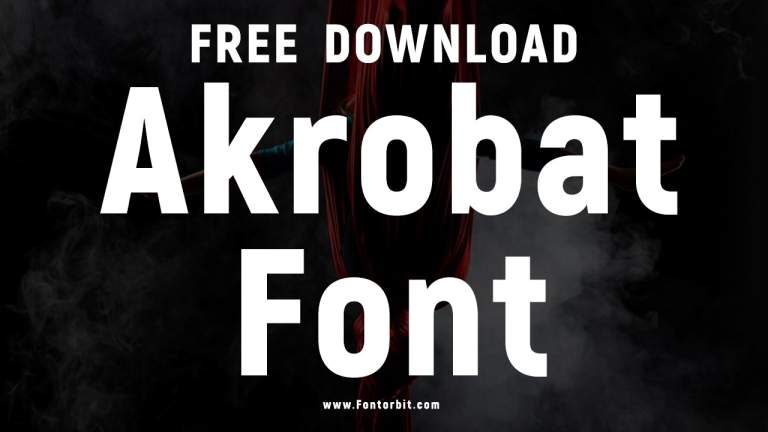
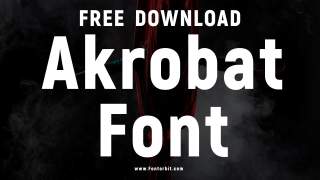
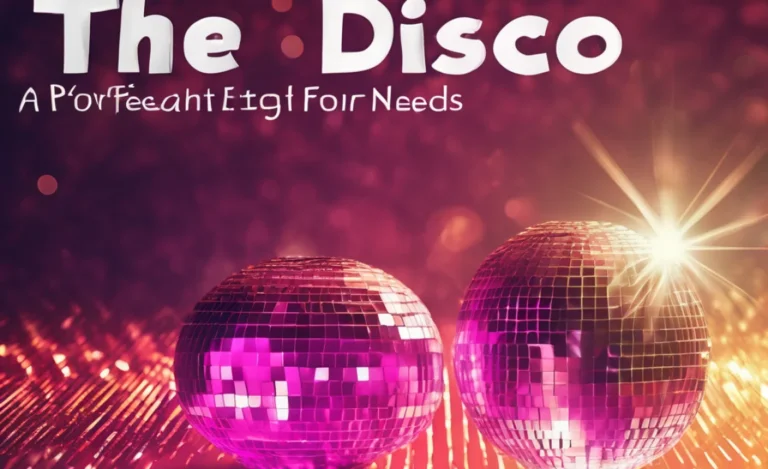
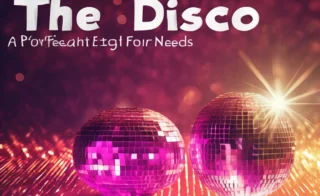
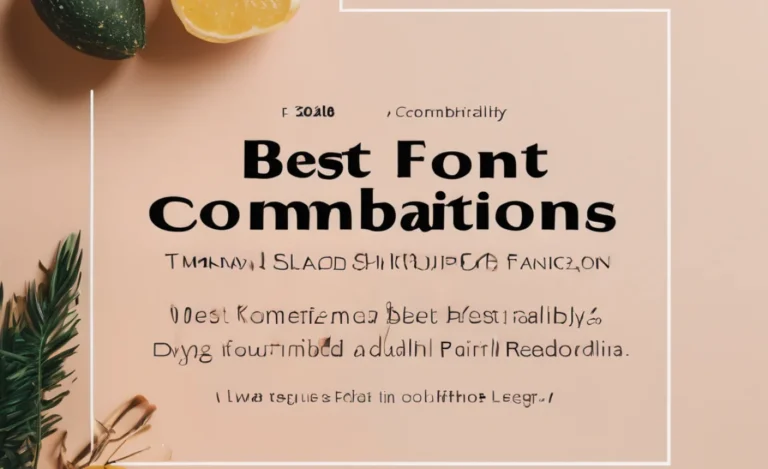
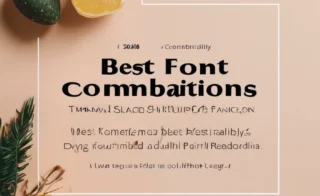
Leave a Comment